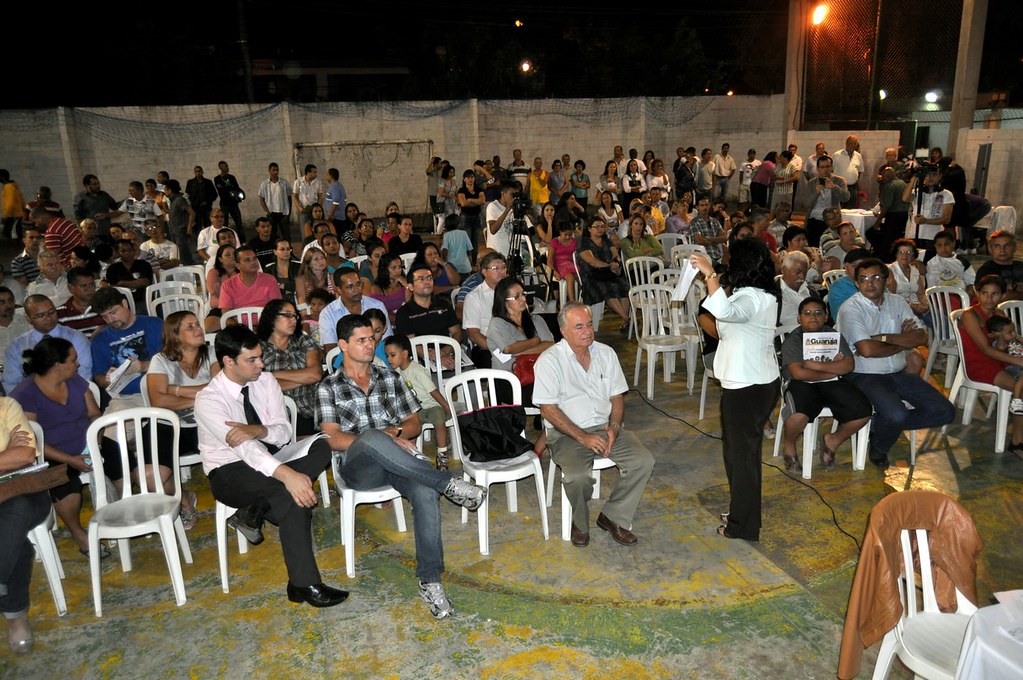
A report by Brian Wampler for the Global Initiative for Fiscal Transparency (GIFT):
Citizen participation in budgetary and other fiscal processes has been expanding at international, national, and local levels over the past 15 years. The direct participation of citizens, it is hoped, will improve governance, limit misuse of public funds, and produce more informed, engaged citizens. At the national level, reformist governments now encourage the direct engagement of citizens during multiple moments of the policy cycle—from initial policy formulation to the oversight of policy implementation. Reformist governments hope to take advantage of increased citizen participation to increase their legitimacy, thus allowing them to change spending and policy priorities, increase state effectiveness by make public bureaucrats more responsive to citizens and elected officials, and, finally, ensure that the quality of public services improves. During the 1980s and 1990s, many subnational governments took advantage of policy decentralization to experiment with new institutional types. Direct citizen participation has been most robust at subnational levels due to the decreased costs and the greater direct impact of citizens on policymaking.
(….)
The main purpose of this report is to examine how three countries, South Korea, Brazil, and the Philippines, have made extensive efforts to create new institutions and policies that encourage the participation of citizens and CSOs in complex policy processes. South Korea developed an institutional arrangement based on policy experts, CSOs, and the Korean Development Institute. Brazil uses a model that relies extensively on the participation of citizens at multiple tiers of government. Finally, the Philippines use a mixed model that incorporates citizens and CSOs at national and subnational levels
(….)
Political reformers seeking to incorporate greater numbers of people into policymaking venues face a series of challenges. These include: (1) asymmetrical access to information as well as differing skills base to interpret information; (2) the difficultly of decision-making when groups grow in size; (3) a reduction in the importance of any single participant due to the greater number of participants; (4) political contestation over who has the right to participate; (5) who are the legitimate representatives of different groups; and (6) higher organizational costs (time, money, personnel). This report maps out how new participatory institutions and programs that are designed to help governments and their civil society allies draw citizens directly into decision-making processes.To explain the variation in the type of participatory experiences now used by different countries,we identify four factors that most strongly affect the types of participation-oriented reforms as well as the results. These four factors include: (a) presidential-level support for reform, (b) the configuration of civil society, (c) state capacity and (d) the geo-political direction of reform (topdown/center –periphery vs. bottom-up/periphery/center. It is the combination of these four factors that most strongly explains the type of institutions adopted in each of these countries.
Read the full report here [PDF].
